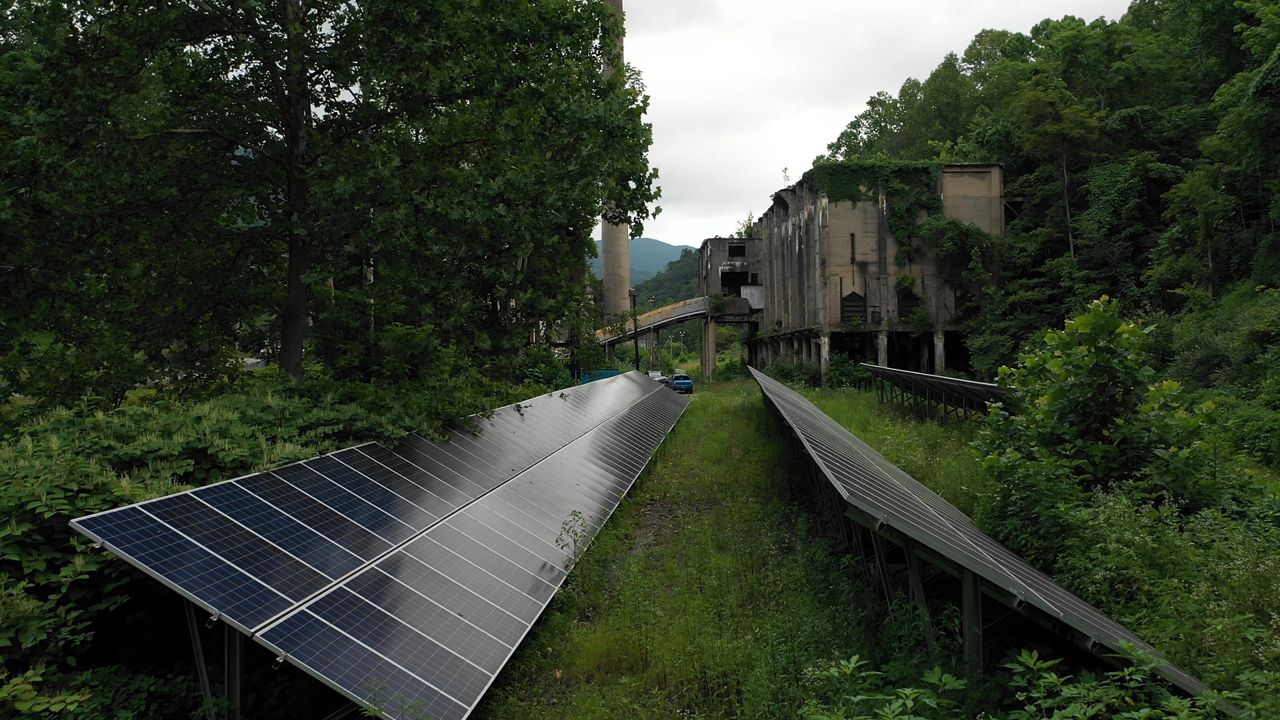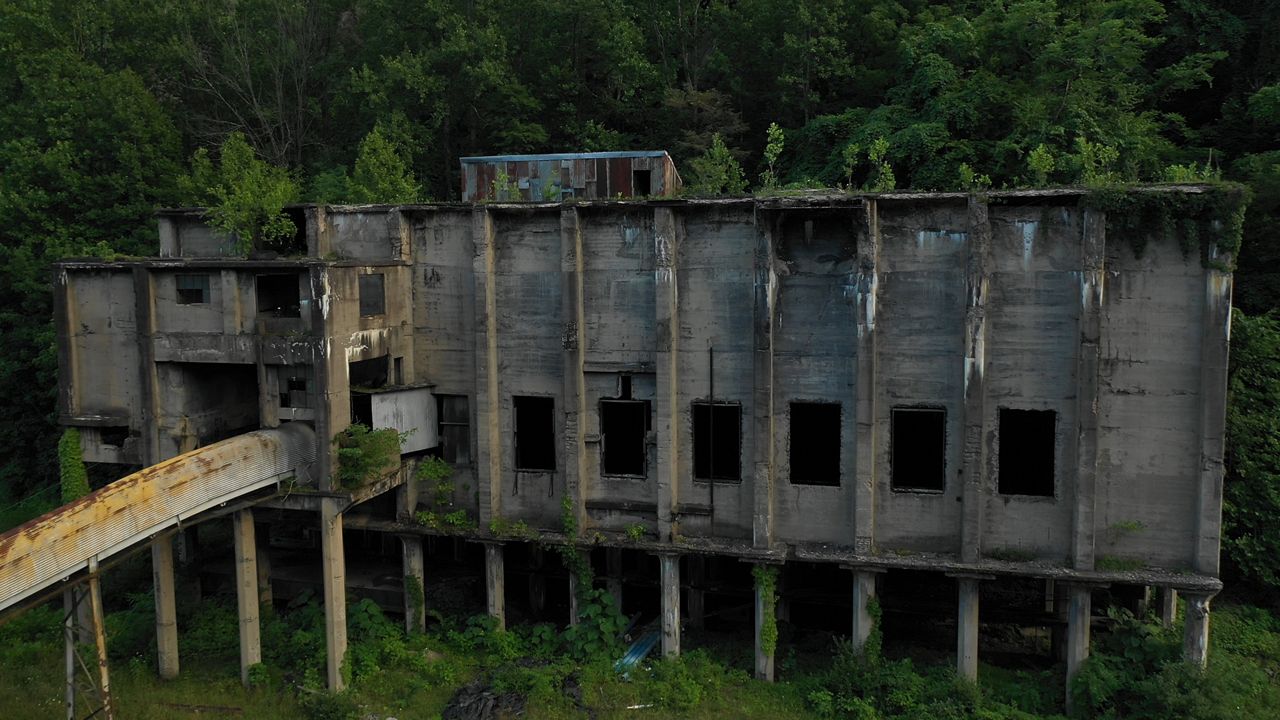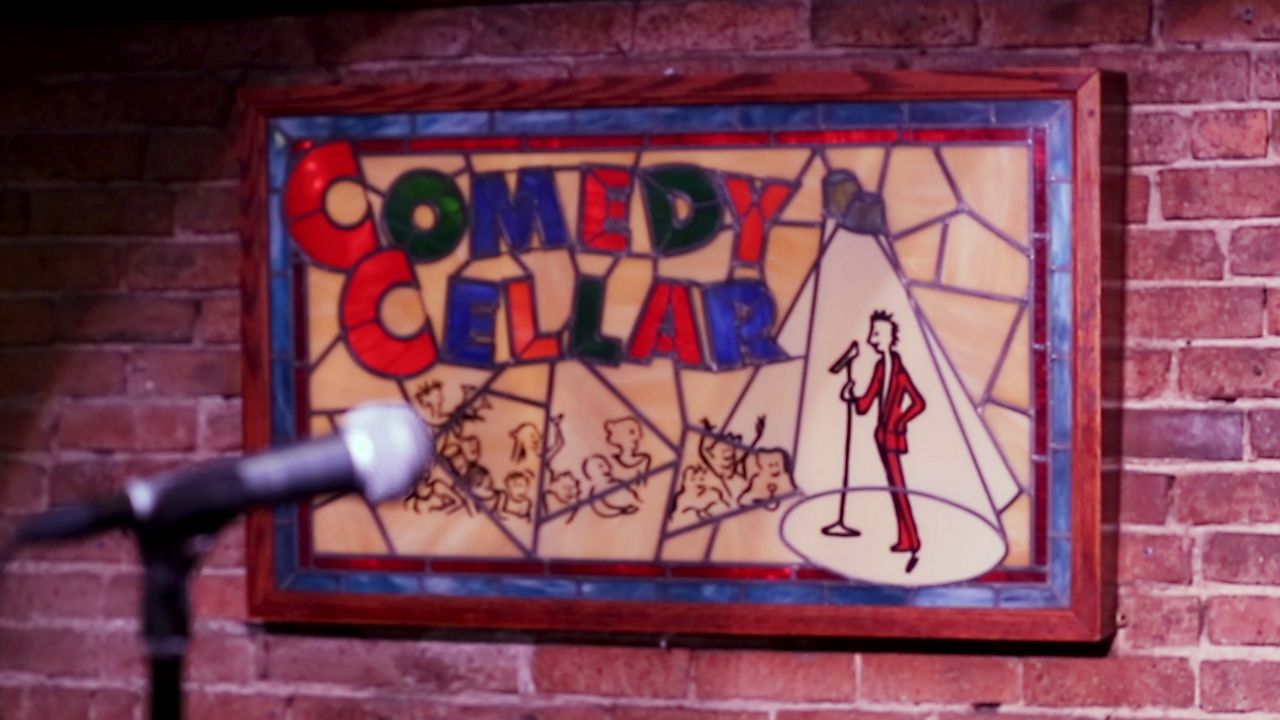You know that feeling you get when you scroll through your newsfeed and see nothing but an endless stream of political discontent? That sense that the country is losing faith in the very institutions that made it what it is? Well, you may not be wrong.
Statistics show that belief in our political system is dwindling, but this trend may not be as recent as you think. The truth is these changes predate a couple turbulent election cycles and it’s about more than a few disgruntled voters. The question is, is our democracy in danger?
Are we losing faith in democracy?
The numbers are startling. In 1995, one out of every sixteen people in the United States said they approved of army rule. In 2016 that number was one in six.
Those findings came from a recent study conducted by political scientists Yascha Mounk and Roberto Stefan Foa, which suggests that Americans’ support for democracy may be on the decline. According to that report, 72 percent of people in their 80s still believe it is “essential” to “live in a democracy,” but among millennials that number is only around 30 percent. Mounk attributes this statistic to a “deep dissatisfaction with the status quo,” and says “I’m concerned about it. I think it’s something that we should take very seriously.”
In 1787, the Founding Fathers laid out their plan for a “more perfect union” - a shining city on the hill where life, liberty, and the pursuit of happiness were fundamental human rights. Today, democracy is considered synonymous with the freedoms and ideals upon which the United States was founded. It may, therefore, surprise you to know that the word “democracy” doesn’t actually appear anywhere in the Constitution. Generations of Americans nevertheless have fought for it, even died for it. But what is it exactly?
Here’s the Webster dictionary definition:
That was the principle upon which the United States was founded more than two centuries ago...more or less. In point of fact, the Founding Fathers never intended for the country to be a direct democracy; James Madison, who is credited with authoring the Constitution once called democracy “the most vile form of government.” What the founders actually created is a system known as a representative democracy in which some decisions are made by popular vote while others are determined by elected representatives. It’s also important to remember that large portions of the population were originally excluded from that system on the basis of race and gender.
With everything that’s changed, do the underlying principles still hold up today? And what happens to a government by the people, if the people lose faith in their democracy?
What impact does this have on the country?
This lack of enthusiasm for our system of government, may be part of the reason that voter turnout is lowest among millenials. In New York, only 46 percent of those under the age of 35 actually turned out to vote in the 2016 presidential election, and a staggering 50 percent weren’t even registered. That’s compared with a 64 percent turnout among voters ages 65 and over in the same election.
This is not a new trend. According to a 2014 report from the Census Bureau, young voters have represented the lowest turnout rates in every presidential election since 1964. But something is changing. Mounk and Fao’s study shows that between 1990 and 2010, the generational gap in political interest increased from 10 percent to 26 percent. That means that younger generations today say they are less interested in politics, while older generations say the opposite.
Is there any good news?
Could these changes spell out danger for democracy in the United States?
Political expert, Erik Voeten says it’s not as simple as that. Voeten acknowledges that decline in the public’s trust in government institutions is cause for concern, but says, “the support of fascist movements or fascist social groups is still very small, and we shouldn’t exaggerate it. That’s not part of mainstream America.”
If you’re looking for a glimmer of hope, consider this...according to statistics from the United States Elections Project, total voter turnout in the 2018 midterm elections was around 50 percent. That’s the highest midterm turnout since 1914. To put that in perspective, in 1914 World War I was just beginning, movies were silent, a job at Ford Motor Company paid $5 a day, and while turnout may have been high, keep in mind that women weren’t even eligible to vote (the 19th Amendment was ratified in 1920).
Should we be worried?
According to Mounk and Fao’s study, a stable democracy is one in which support for other forms of government is “weak or non-existent,” and the rules of democracy are widely accepted - a concept known as consolidated democracy. As acceptance of other forms of government, such as military rule grows, the democracy begins to deconsolidate, destabilizing the democratic system. After more than 200 years, it may seem strange to think of our government as fragile, but is it safe to ignore the signs that our country may be inching away from democracy one disillusioned voter at a time? Josh Robin explores these questions and more in his first episode of Untangled.
The Price of Progress: Searching for a Clean Way Out
Is there a single industry or policy that can prevent the detrimental impacts of progress?
The Price of Progress: Watching the Collapse of an Industry
What happens when an industry changes faster than the community it supports?
How Do We Combat Hate in the Digital Age?
In 2017, there was a 17 percent increase in hate crime incidents, the FBI says. Much of this hate is fed by the Internet and social media.
Is Sensitivity Affecting Comedy?
What was once considered funny, may now be considered offensive. Are comedians going too far, or have audiences become too sensitive?









